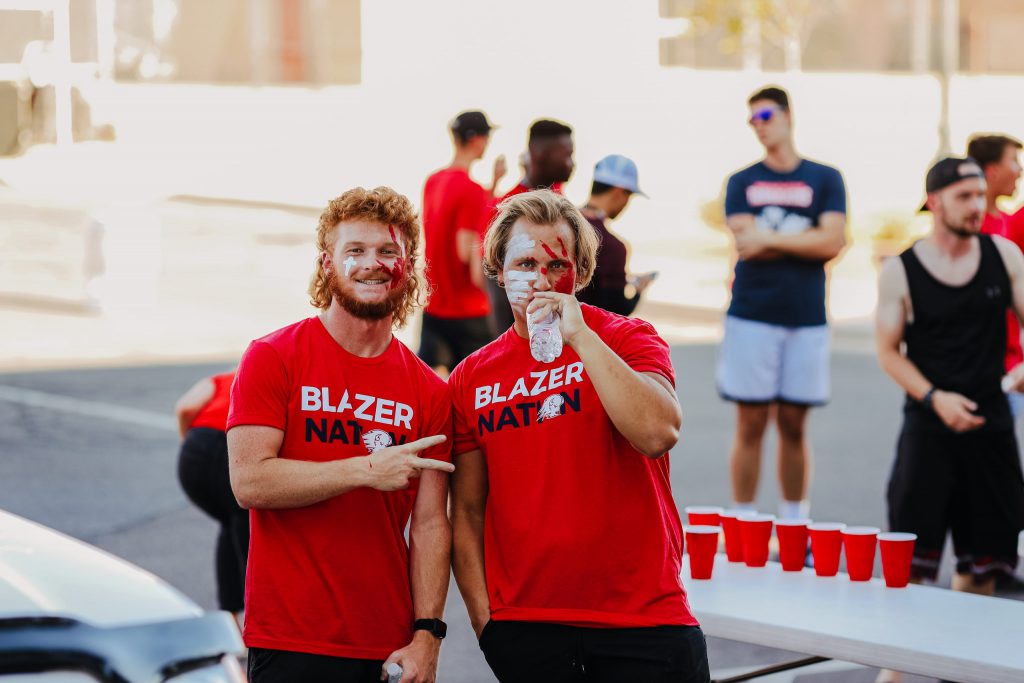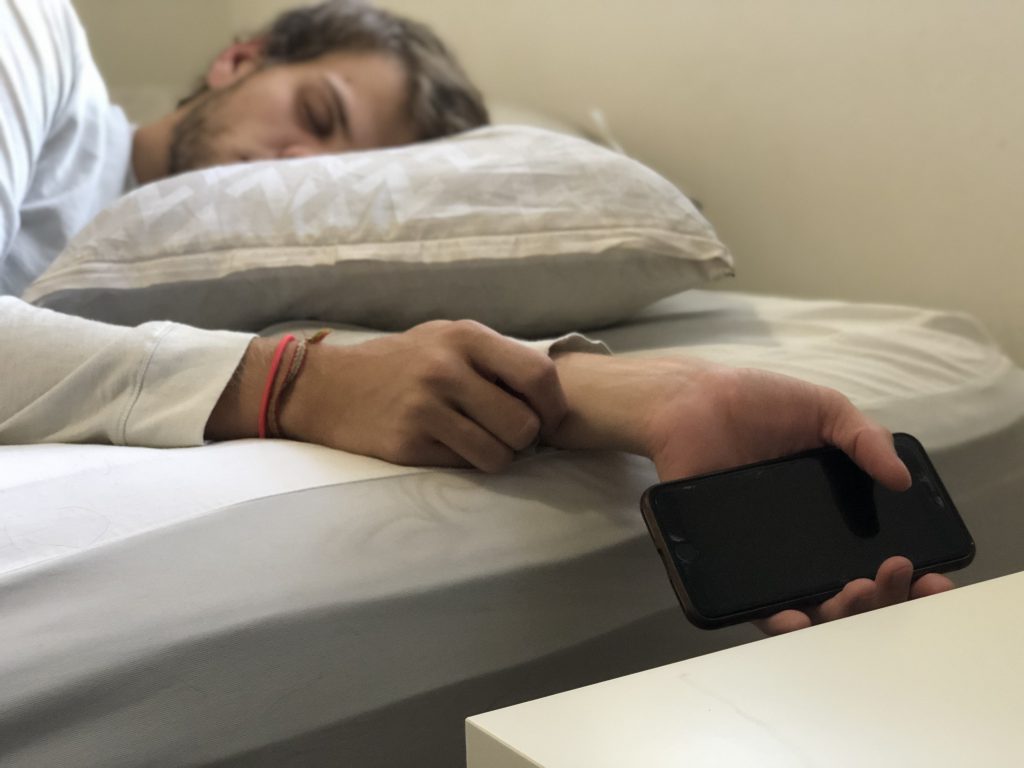Imagine standing on the edge of a cliff, phone in hand, the valley sprawled out below you to the horizon. You take a selfie, maybe a few. Then, a gust of wind knocks you off balance. You fall and scrape your knee. At that moment, you realize you could have fallen off the cliff — a huge price to pay for a selfie and a moderate number of likes.
The need for a social media post to be noticed and get likes isn’t surprising, because posting content to Instagram or Twitter is for it to be seen by followers and liked, shared, commented on, or all of the above. Yet, the need to get maximum likes is increasing and some are desperate enough to take drastic, even dangerous measures for the attention.
A recent example of this happened in February, when Russian Instagram model Viktoria Odintcova posted a video of herself leaning backward out of a window of a 1,000-foot skyscraper in Dubai. She didn’t have a harness on, and neither did the man holding her hand as she leaned back.
The stunt went viral, bringing attention to her cause, which ironically concerns safety awareness for the Cayan Tower. But was it worth getting a police summons? What if Odintcova and her partner had fallen? The headlines would have been much more tragic.
The number of daredevils who risk their lives to take a death defying selfie, or capture it on video, is growing. According to a post on Galore, daredevils take three times the number of videos as the average person. A daredevil is defined as a reckless person who enjoys doing dangerous things. While there are no skyscrapers in St. George for people to climb up, there are dangerous places in Utah to take selfies, such as train tracks, or angel’s landing in Zion National Park.
What is so alarming about this trend, are the cases where people have been severely injured or even died attempting a dangerous selfie. More disturbing is the fact these dare devils do dangerous stunts, not just for the thrill, but for the notoriety, to get noticed and to go viral.
Perhaps this trend of capturing yourself performing a stunt, doing something so completely lacking in common sense, or even the need to get optimum views or likes, began in the early days of YouTube.
The term “go viral” became more widely used once social media made it possible for a post to be shared over, and over again. More specifically, it is the way social media allows us to be connected to content that we are emotionally responsive to that gives us a reason to share a post. Perhaps dangerous videos and selfies cause an emotional reaction and that is why they go viral.
According to “What Does It Mean to Go Viral Online?” by Elise Moreau, when something goes viral, it is because it has been shared so frequently within a few hours, it spreads through the internet like a virus.
Risking your life or doing something crazy does not guarantee viral status. Regardless of how many likes or views a post gets, it is the amount of times shared across social media and the pace at which it occurs, which determines that post’s virality.
There are much safer ways to go viral than risking injury or death. One way is to keep up with current events and trends — the safe kind. Another, is to be aware of keywords and tags. Sure, you can be shocking and controversial, just make sure you or someone else won’t get hurt. Lifewire.com has a great article listing ten ways to go viral.
Realistically, going viral, getting the most subscribers, or becoming internet famous shouldn’t be the reason for posting content. It should be to connect with others, to find people who share your interests.
Go out into the beautiful world. Post awesome selfies and videos, but be safe, stay well, stay alive.



